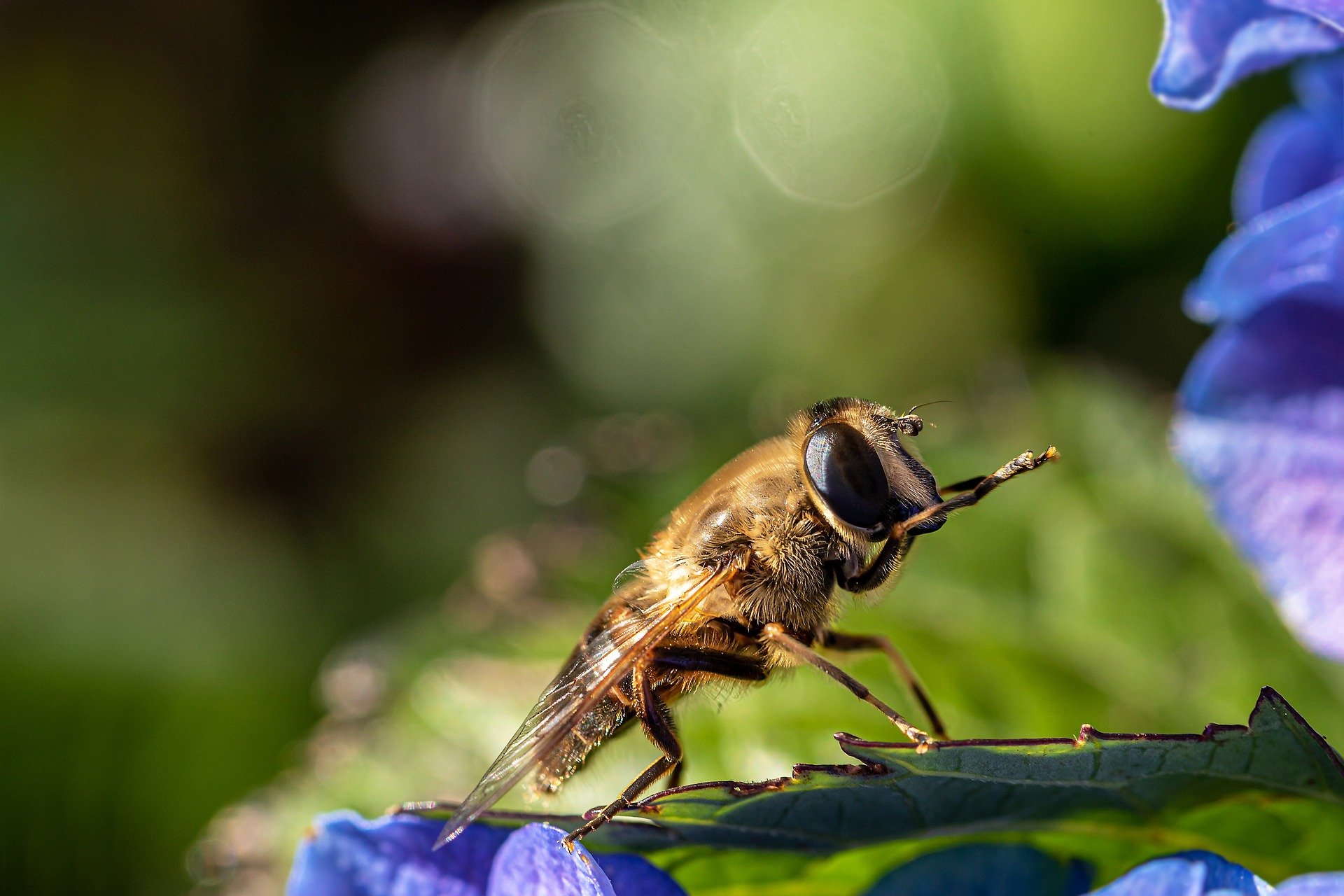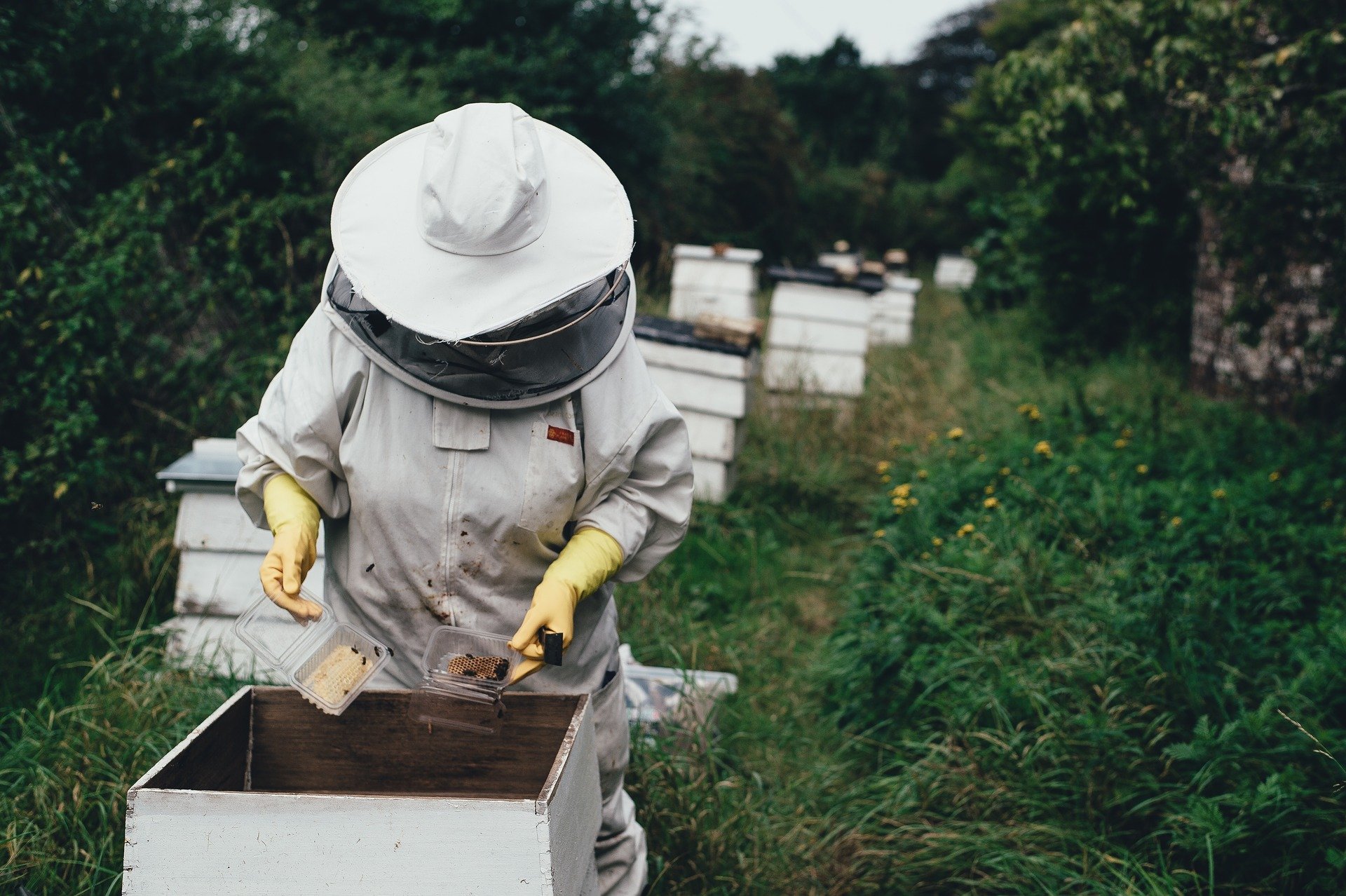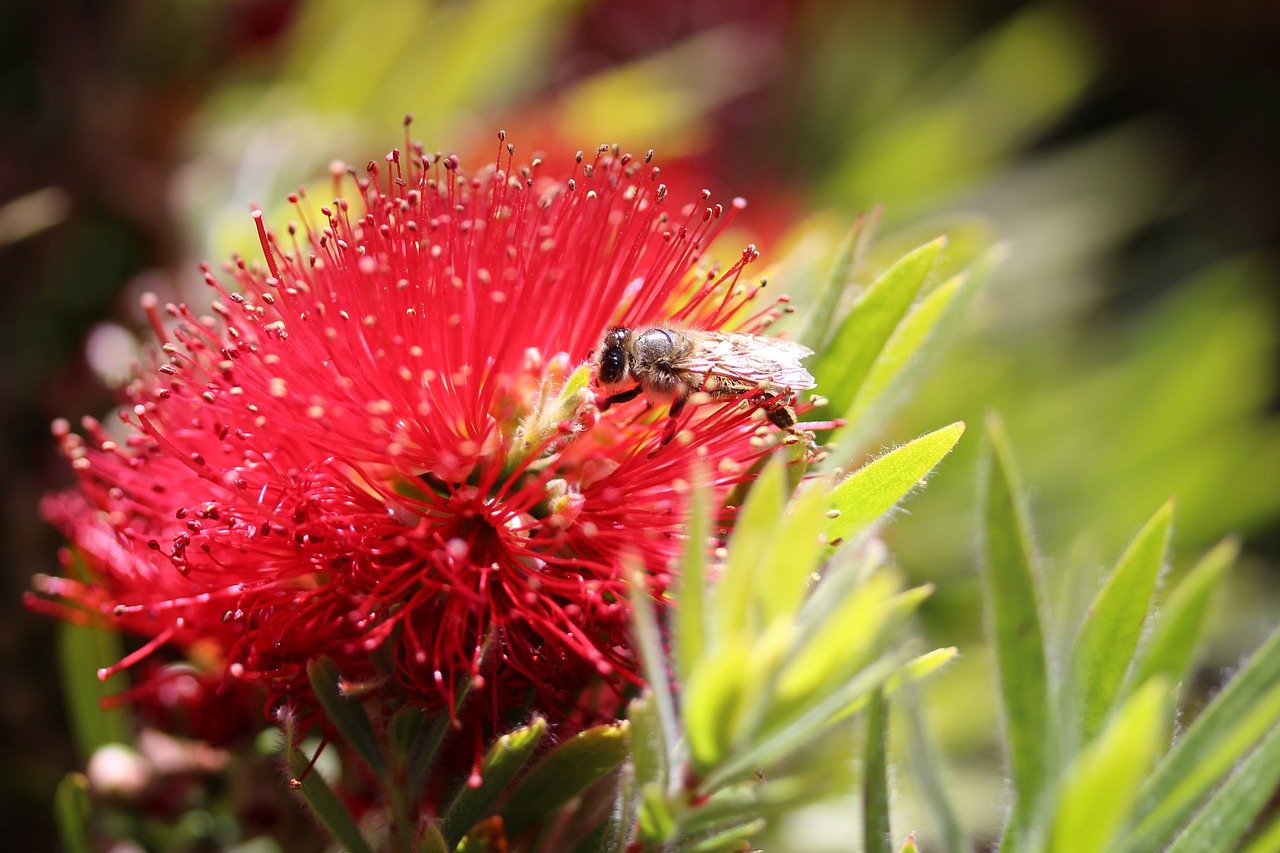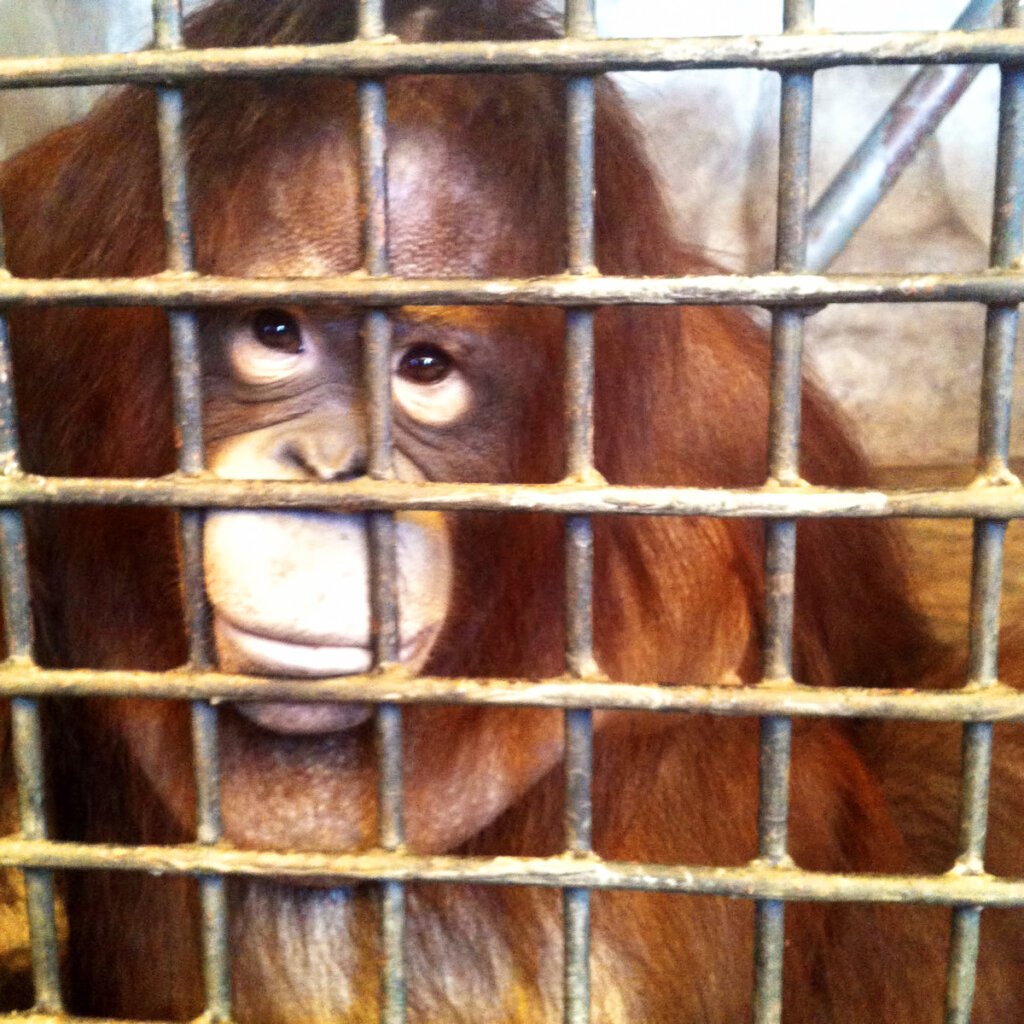
What’s Wrong With Eating Honey?
There are more than 20,000 bee species around the world, but no matter their differences in size, location, and behaviour, they all have one thing in common: their populations are declining rapidly. Meanwhile, people are consuming more honey than ever before.
As bee populations decline, honey producers have taken to intensively factory farming the tiny pollinators. But much as pig factory farms don’t protect pigs, industrial honey farms don’t protect bees. Here’s the not-so-sweet story of how humans’ honey addiction is exploiting and killing bees.

She Works Hard for the Honey
As bees pollinate plants, they collect tiny drops of nectar to make honey, which provides essential nourishment for them and their queen’s young, especially while they hibernate in the winter.
But on commercial honey farms, they’ll never benefit from all their labour. In autumn – just as the bees are preparing to hunker down with their honey supplies for winter – beekeepers “rob” the hive. First, they “smoke” the hive, interfering with the bees’ pheromone signals and making the colony less organised so it’s hard for them to defend themselves. While removing the honeycombs, beekeepers typically wear a full body suit, including a veil, for protection. If bees wanted humans anywhere near their honey, none of this would be necessary.
After beekeepers steal the honey, they often keep the bees alive by feeding them sugary syrup and other subpar foods.

It’s Not Easy Being Queen
When a new queen bee is about to be born, a process called “swarming” occurs in which the old queen and half the colony leave the hive to set up a new one. Since swarming typically means a drop in honey production, many beekeepers try to prevent it, either by trapping the queen inside the hive or “requeening” – killing the queen and replacing her with a younger version bought from a breeder. Most beekeepers requeen colonies every two years, but there is a growing trend for annual requeening. Left alone, queens can live for as long as five years.
There are around a dozen queen bee breeders in Australia, and queens are commonly sent in the mail along with six to 10 escort worker bees and some candy to eat during transit. Queen bees are also sometimes imported from Europe or the US and quarantined. They, too, are sent with escorts, who are killed and examined for parasites. The queen begins to lay, and the larvae from the quarantined queen are then given to the importer. The queen is never released from quarantine and is killed when the importer is finished with her.
And while it may be hard to imagine, artificial insemination is gaining popularity in the bee industry – it allows farmers to increase honey productivity by breeding bees, while trying to eliminate “undesirable” characteristics, such as the tendency to sting humans.
Inseminators use carbon dioxide to gas a virgin queen bee to make her stay still while she’s forced upside down into a small plastic container, and her stinger is held with tweezers while a needle or syringe with drone bee semen is inserted into her. About 15 drone bees are killed during this process – each bee’s head is crushed before he’s milked for his semen.
Bees and the Environment
European honeybees were introduced to Australia in 1822 by colonists. Australia already has 1,700 species of native bees, but for the most part, they’re left alone by farmers because they stockpile little or no honey.
Many beekeepers argue that farming bees and eating honey helps increase bee populations and therefore helps the environment, but that’s simply not true. It’s like saying raising chickens on factory farms somehow boosts populations of wild birds. Honey is sold to make money, not to help bees.
As worsened droughts and bushfires resulting from climate change are destroying so much land, Australia’s beekeeping industry has been pushing the government for access to national parks to give European honeybees access to more floral resources. But scientists say that native pollinators need those resources – and that the recovery of our landscapes depends on them. Honeybees are efficient at collecting pollen and taking it to their hives, but they transfer little to the flowers they visit and so are quantifiably less effective at pollination than wild bees. When honeybees occur in high numbers, they can push wild bees and even pollinating birds out of an area, increase pollination of invasive weeds, and create damaging knock-on consequences for other native flora and fauna.

The Complex Life of Honeybees
Bees are remarkable creatures with a unique and complex form of communication based on sight, motion, and scent. They alert other members of their hive to food, new hive locations, and conditions within their hive (such as nectar supply) through intricate “dance” movements.
Studies have shown that bees are capable of abstract thinking as well as distinguishing their family members from other bees in the hive, using visual cues to map their travels, and finding a previously used food supply, even when their home has been moved.
What You Can Do to Help Bees
No animals, regardless of size, deserve to be exploited. Here are several ways we can all help bees:
- Let bees keep their honey. They need it for nourishment more than we need it for flavouring. Use maple, golden, agave, or rice malt syrup instead of honey.
- Let bees keep their beeswax – which they use to build honeycombs – too. Plenty of companies make great cosmetics and candles that don’t hurt bees.
- Plant a native bee-friendly garden with some lavender, grevillea, tea tree, bottle brush, or honey myrtle. Check out this list of plants native bees love.
- Avoid using insecticides in your garden when possible.
- Buy organic produce when possible.
When left alone, bees are natural helpers for humans. Saving them means saving ourselves. Want to find out more about animal rights? Click on the button below.
Help Animals in 2025: Renew Your PETA Membership!




